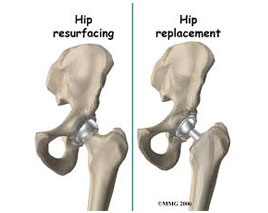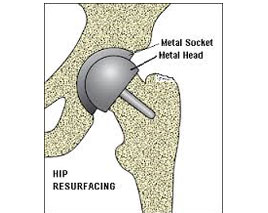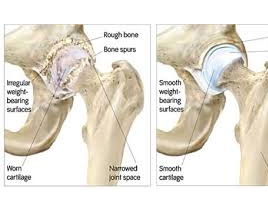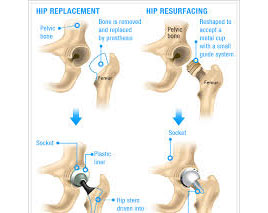As we know, a hip is a ball and socket joint where a smooth cartilage forms the core of the socket. It is the cartilage that does not allow the bones to rub together. However, the joint gives pain and become stiff when the cartilage gets worn away, making the daily tasks a pain.
Hip resurfacing surgery is done to allay and pain and perk up the mobility of the body. In this surgery, the ball & socket joint witnesses the fitting of metal caps into the damaged surfaces. With that, the quality of life improves a lot.


There are two ways in which hip resurfacing takes place.
There are many signs that a doctor see and recommend patient for hip resurfacing.


The surgical procedure starts with anesthesia. Two hours is the time that is taken to complete the surgery. Once the surgery starts, a cut is made over the hip and thigh; after that, the hip joint is separated.
In the next step, the doctor proceeds ahead with the removal of the worn bone and cartilage from hip socket or thigh bone. There will be some cleaning and covering of the remaining bone, and the task would be done with metal surfaces.
In the end, the thigh bone ball is put back into the hip socket. Stitches are used to close the wound and the cut is covered with a dressing. Afterwards, the patient takes rest for few hours as it the norm.